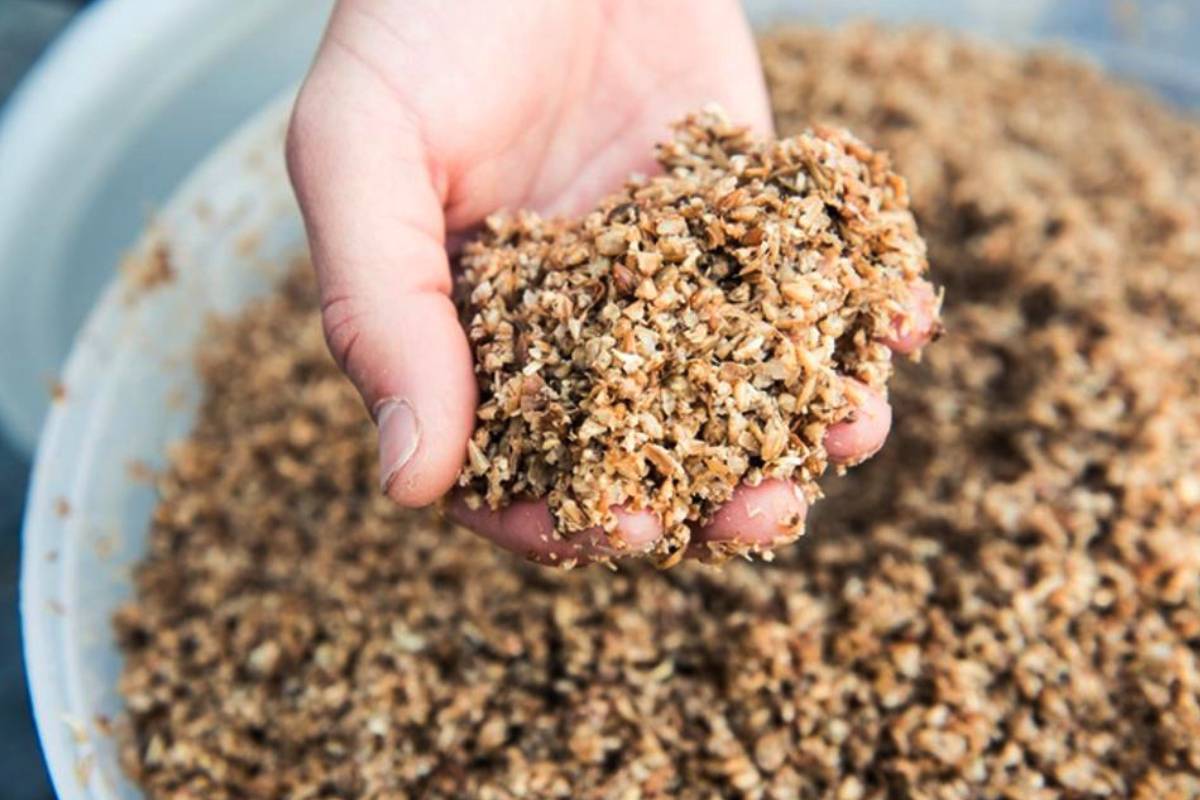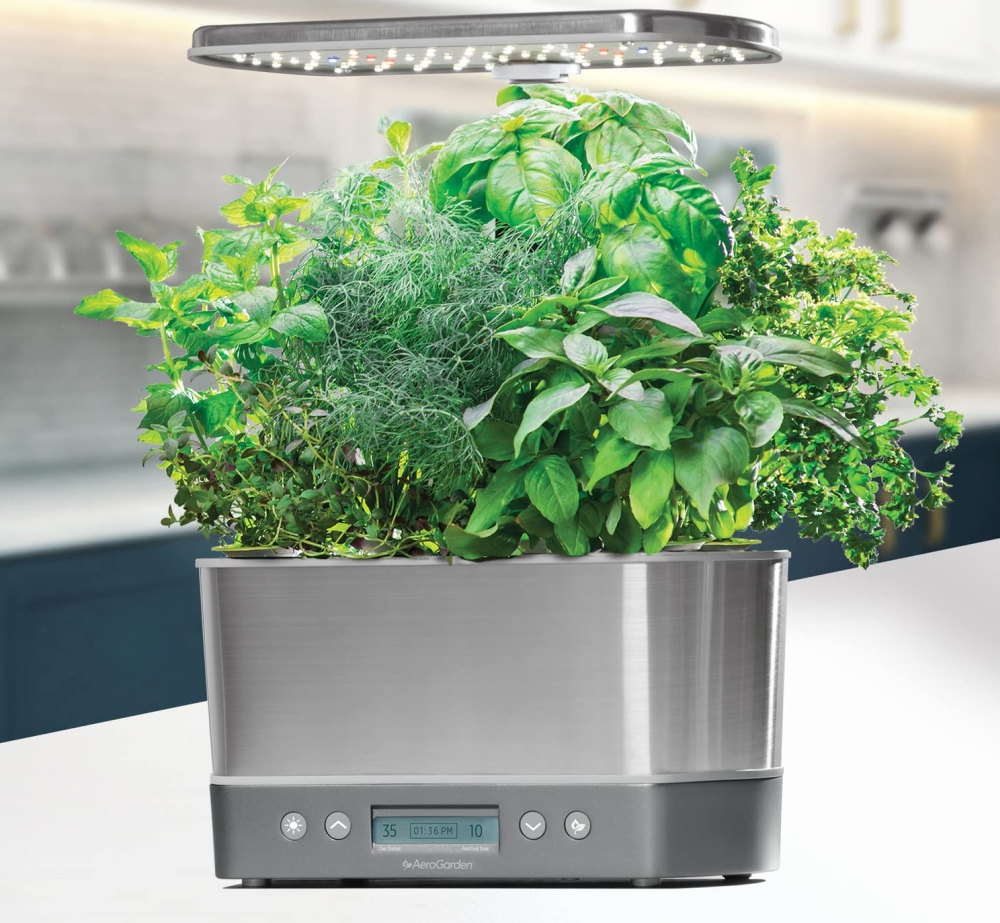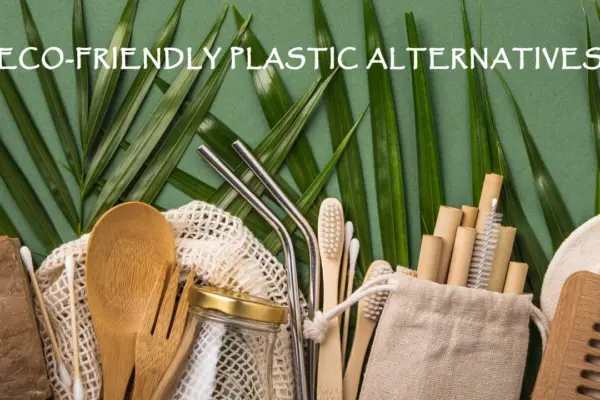5 Ways to Embrace Eco-Minimalist Lifestyle for Saving the Planet
Downsize your lifestyle and give back to nature
Eco-minimalism is a lifestyle practiced by people who value conservation, sustainability, self-sufficiency, and simplicity. The crux of an eco-conscious, minimal lifestyle is that you lessen your environmental impact by keeping only what you need while nurturing and giving back to nature. In times of rapidly changing climatic conditions, the focus on a simple and downsized lifestyle has increased. There are numerous ways for you to incorporate an eco-minimalist lifestyle and help the environment.
First introduced in the early 2000s by architect Howard Liddell and his colleague, energy consultant Nick Grant, eco-minimalism was launched with the goal of designing and constructing eco-friendly buildings. In the following years, the idea evolved to become a lifestyle that uses minimalism as a tool to reduce environmental impact. There are several benefits of adopting the eco-minimalist lifestyle and numerous ways you can do so. Read on to more know.
Also Read: Climate-Responsive Architecture – Meaning, Significance and Examples
But before learning how to change your lifestyle to save the planet, you might want to answer these questions:
- Do you want to live in a small, efficient home where you own a few items that have multiple purposes and are made to last?
- Do you value simple living and try to reduce waste by repurposing leftovers, composting, recycling, and upcycling clothes and materials?
- Are you interested in using natural detergents and cleaning products?
- Do you avoid buying items made from synthetic materials or containing harmful chemicals?
If any of these traits resonate with you, you are already on your way to living minimally to save the planet!
Eco-minimalists must be conscious about how they approach life to preserve what cannot be regenerated or replaced. They choose to live and use resources in ways that have minimal impact on the environment to do their part in ensuring everyone has access to water, food, and clean air.
Let’s discuss the benefits of switching to an eco-minimalist lifestyle.
Also Read: Sustainable Fashion Tips You Should Follow in 2023
Benefits of Minimalist Lifestyle
A minimalist lifestyle benefits you, the environment, and the people around you. Minimalism encourages you to make smart lifestyle choices regarding your wardrobe, possessions, and eating habits.

Image: Art Facade
Reduced waste: Buying only what you need and using everything you have produces less waste. Composting and recycling also reduce garbage and decrease what ends up in landfills and waterways. It further helps reduce pollution. Using cloth bags for shopping or reusable diapers will eliminate waste and how it affects the surroundings. This also includes reducing and correctly disposing of e-waste.
Clutter-free life: The prime goal of a downsized lifestyle is to have limited possessions and a clutter-free household where you only acquire what you need. Fewer items in your home means less storage space required, saving you money and space.
Efficiency and mental well-being: People with eco-conscious ways of living spend less time buying unnecessary clothing or things they will rarely use. They are better able to focus on what’s important and absolutely required. Life becomes less stressful when a home is filled only with valuable and long-lasting items that are loved and used daily.
Also Read: Creative Indians are Transforming Unused Spaces into Urban Gardens
Ways for Eco-Minimalist Lifestyle
Embracing a minimal lifestyle is easier than you think. Here are some minor changes that make a big difference to the planet.
Also Read: 5 Biodegradable Alternatives to Plastic Bags
Use Plastic Alternatives
When you become eco-conscious, you may notice how many single-use products people use daily, from single-use grocery bags and packaging to plastic straws and bottles.

Investing in alternative reusable items made of silicone or metal is a great way to do your part in saving the planet. Some things you can try are:
- Reusable metal or glass straws
- Metal food containers with silicone lids and reusable beeswax food wraps
- Silicone ice trays
- Cloth shopping bags
- A refillable water bottle
Also Read: Upcycled Food – The Coolest and Wisest Trend to Reduce Food Waste
Go Paperless
You can choose paperless alternatives in several areas of your life to help preserve the forests. At home, avoid printing anything of which you don’t need a physical copy. Use digital calendars and to-do lists, rather than disposable paper options, or dry-erase boards that can be used for years.

Image: Real Simple
If you have an office or run your own business, going paperless can be a significant step towards reducing your waste. Opt for digital alternatives whenever you can, such as:
- E-vites for events or meetings
- Digital contracts and signature platforms
- Paperless billing and paychecks
- Email promotions in place of mailers or posters
Any paper that you do use, be sure to recycle it when you’re done.
Also Read: 5 Most Unique Urban Farms Around the World
Invest in Sustainable Fashion
Fast fashion is a big contributor to pollution and the environmental crisis. Clothes aren’t made to last, and trends die as quickly as they arrive. A minimalist lifestyle focuses on extending the life of your items for as long as possible. You can do this by choosing brands that make durable and high-quality clothing and washing them on shorter, cooler cycles.
You can invest in sustainable clothing as well, pick labels that use sustainable and eco-friendly materials and production methods. Another way you can extend the life of your clothing is by sharing and borrowing clothes from friends and family. For example, if you have a big event and need a cocktail dress, asking your loved ones for something from their closet to wear once is more sustainable than buying a new outfit.
Also Read: How to Recycle Kitchen Waste at Home
Reduce Food Waste
Food waste harms the environment by releasing greenhouse gases like methane. You can do your part to reduce it by making meal plans, repurposing leftovers, and shopping more often. When you use a meal plan, you know exactly what you need to buy at the grocery store and reduce the chances of purchasing unnecessary items that might be forgotten and go to waste.

Image: Food Business News
Shop more often so you buy fresh produce in smaller quantities, which keeps it fresher until you’re ready to consume it. Additionally, you’re less likely to purchase products “just in case” that you might not use before expiration.
Also Read: Wastelink: Eliminating Food Waste by Turning it Into Nutritional Animal Feed [Interview]
Focus on Other Ways to Live Minimally
Here are some other tweaks you can make to your lifestyle to embrace minimalism:
- Conserve water: Water will become a limited resource in the coming decade or so. Water conservation is not an optional practice anymore. You can begin by doing your bit to save water by rainwater harvesting and regulating the usage both inside and outside the house. Reducing your time by just a minute could save up to 60 gallons per month. Clever irrigation can eliminate over usage as well.
- Grow your own food: People have become more focused on growing their own food as the demand for organic food has grown exponentially. Small kitchen gardens, backyard gardens, and indoor and rooftop gardens have gained immense popularity in urban locales. You can start with herbs and small vegetables like tomatoes, microgreens, gourds, and leafy greens easily at home, even if you don’t have a significant garden area.

Image: Amazon
- Turn off electronics: Just like water, saving energy is essential. Energy production consumes a lot of earth’s resource reserves and it is necessary to be wiser when utilizing these amenities. Conserve electricity by turning off items when they aren’t in use. The usage of passive energy in both residential and commercial buildings can also help save energy.
- Adopt a zero-waste lifestyle: A zero-waste lifestyle is one of the pillars of minimalist living. Swap items like toothpaste, shampoo, and detergents for waterless versions or products with eco-friendly packaging. You can also compost and recycle your food and other waste to help minimize your carbon footprint and help the environment.
Also Read: 8 Best Indoor Garden Systems for Fresh Farm-to-Table Food
Embrace Eco-Conscious Minimal Living
Living minimally and adopting practices that help the environment can be an adjustment. Take your time and see where you can incorporate the abovementioned ways for an eco-minimalist lifestyle. Once you’ve embraced this lifestyle, you’ll see the positive effects and become more aware of ways to improve the planet’s health.


